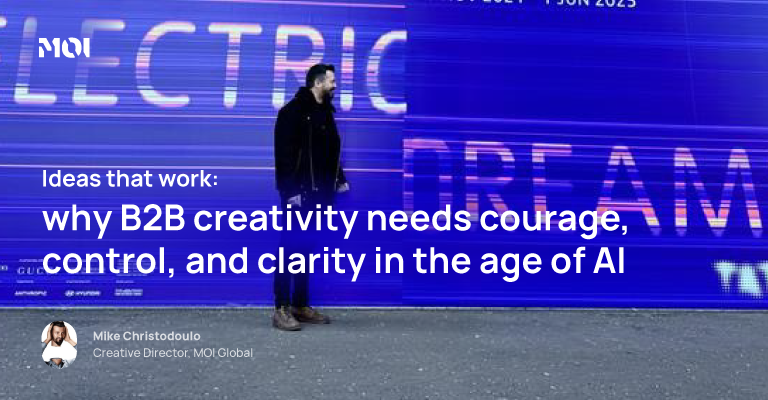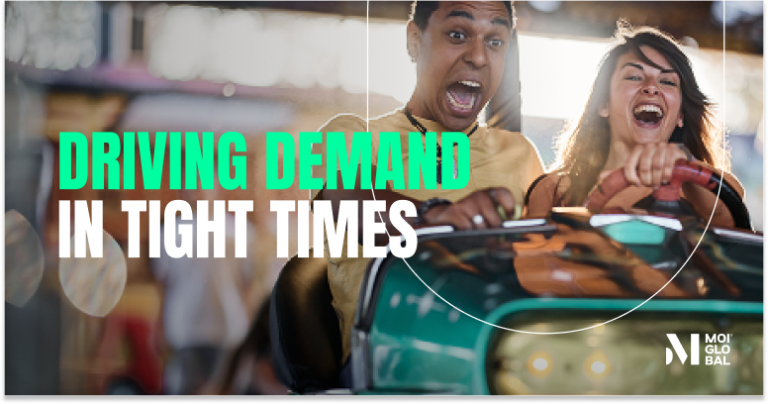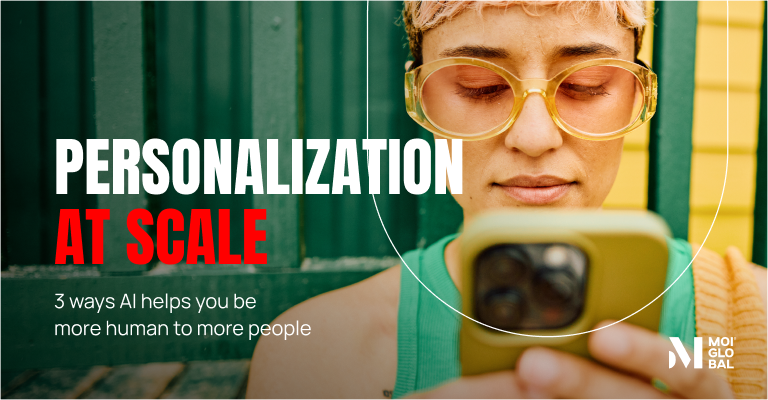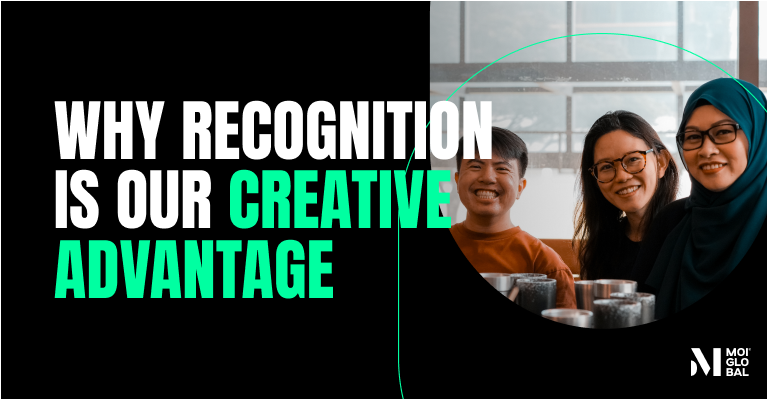
Being announced as a judge for the Creative category at The Drum Festival Awards has made me stop and reflect. What really makes creativity stand out in B2B right now?
It’s never just about being clever or beautifully executed. The work has to work. It has to win attention, build trust and drive growth.
And the environment our ideas live in has changed. With AI now shaping how buyers discover and filter information, the pressure is on for creativity to be sharper, more consistent, and more distinctive than ever. If your idea isn’t clear, memorable and recognisably yours, it won’t survive the noise.
For me, it still comes down to two simple truths:
- Big ideas need craft.
- Creativity only matters if it works.
Where ideas really come from
Ideas don’t just strike out of nowhere. They’re muscles you build. Curiosity, play, and practice still matter, but so does clarity.
And here’s the kicker: the evidence shows that strong creative isn’t just about originality, it’s about making people feel. In his recent WARC podcast interview, Mark Ritson pointed to 15 years of data from System1 and Effie that proved emotion is the single biggest driver of effectiveness. Emotion builds memory. And memory makes every pound of media spend work harder.
Less, but better
B2B has long been guilty of chasing volume. More content. More campaigns. More noise.
But AI discovery changes the rules. If feeds and models are filtering and compressing our work, then only the sharpest ideas survive. The ones that can be summed up in a line. The ones that stick.
Doing less, but better, isn’t just a creative principle anymore. It’s a survival strategy. And it only works if you double down on fluency. Ritson calls it codification, the idea of loading your work with distinctive brand assets so it’s instantly recognisable. Without that, even a brilliant idea leaks value. With it, every impression compounds.
The long game
Another uncomfortable truth: most great creative takes time to pay back. The System1/Effie data shows campaigns often need two or three years to hit full effect. Yet too often in B2B we kill them after six months — just as they’re starting to work.
Wear-out is largely a myth. What tires is us looking at our own work. Audiences are only just getting familiar. Which is why consistency, of message, of look, of feel, is one of the biggest creative multipliers we have.
Courage + control
Award-worthy ideas aren’t reckless. But they’re not safe either.
The best creative has courage to provoke and move people. And vitally, control the discipline to measure, refine, and prove impact.
In an AI-driven world, courage ensures you get noticed. Control ensures you’re represented correctly whether by a buyer, a boardroom, or a chatbot that’s retelling your story.
Final thought
As a judge, that’s what I’ll be looking for: work with courage, control, emotion, fluency and consistency baked in.
Because B2B doesn’t need more campaigns. It needs braver ones. Fewer. Sharper. Stronger. And clear enough that both people and AI recognise them as great.


